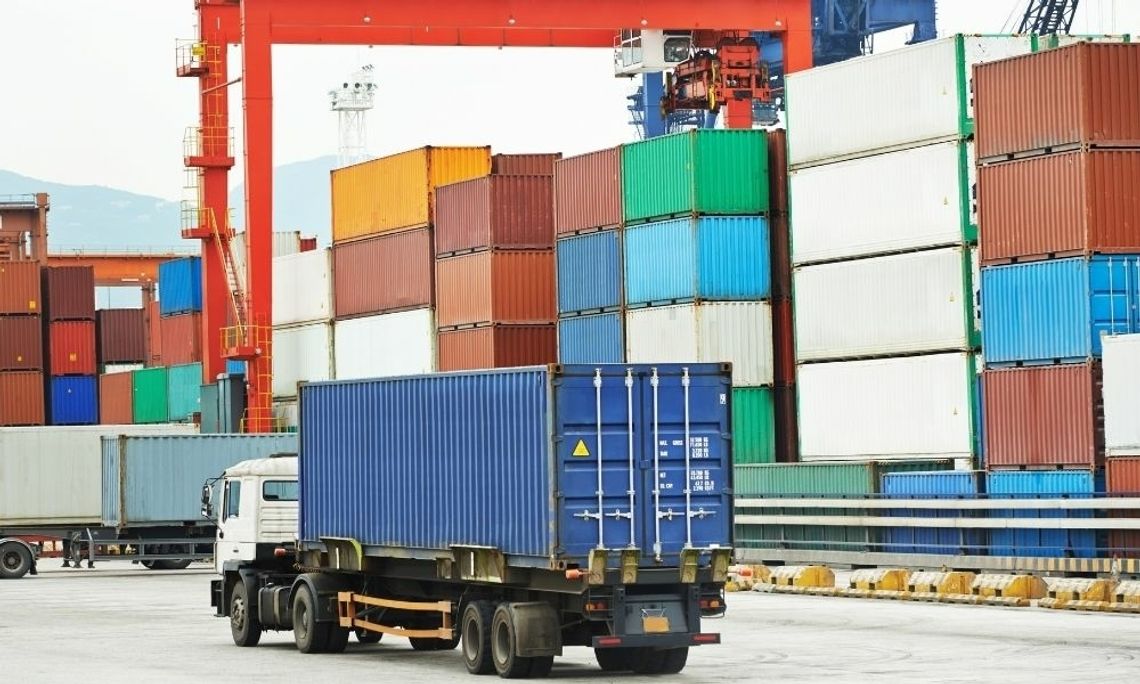Does your company need to ship something over 500 miles? If so, you’ll save on travel costs by using intermodal shipping. Intermodal shipping is where you use more than one method of transportation. It involves loading your shipment into a shipping container. From there, your cargo uses several modes of transport to arrive at its destination. Namely, intermodal shipping refers to using ocean freighters, trains, and trucks. Stick around to learn when you should consider intermodal shipping.
The Basics of Intermodal Rail
If your shipment isn’t time-sensitive, you’ll save a lot of money by using intermodal rail. The ideal load has:
- A travel length of over 500 miles
- A weight under 43,500 pounds (about twice the weight of a school bus)
- A flexible delivery schedule
- The ability to fit in a shipping container 53 feet wide or less
You can ship all sorts of materials and products via freight trains. These include:
- Electronics
- Construction equipment
- Raw materials
- Chemicals
- Food and beverage products
Using rail is a better alternative than using the road. Trucks burn a lot of fuel, and highway travel isn’t always the safest. You get optimal fuel efficiency, safety, and reliability with intermodal rail. Plus, modern trains are easy to track electronically for frequent updates on arrival times.
A Greener Impact
Intermodal rail is the most environmentally friendly way to ship products. That’s because trains have become remarkably fuel-efficient over time.
If you’re concerned about your carbon footprint, intermodal shipping is the way to go. You’ll reduce carbon emissions and help cut back on highway congestion.
Easier Pickups and Deliveries
Unloading trucks is time-consuming and labor-intensive. The same is true for loading the next shipment before taking off. Loading your shipments into containers eliminates this problem. That’s because you can have one train unload your container onto another in one fluid motion.
Beyond that, intermodal rail has a couple of time-saving pickup and drop-off methods. With a drop-pool program, a drayage carrier will drop off the container at the shipment’s origin. That allows you to pre-load the freight. Next, another drayage carrier shows up to transport the cargo to the train.
In the container pool program, drayage carriers drop off empty containers and pickup loaded ones. That creates a pool of containers at the shipping site, yielding fast pickups and deliveries.
By now, you should have a better idea of when it’s good to use intermodal rail. Using rail is more cost-effective and greener than using the road. It’s also safe, reliable, and makes way for easy pickups and deliveries. After learning about the considerations of using intermodal shipping, you should try it out if you want to deliver heavy shipments over long distances.


Comment
Comments